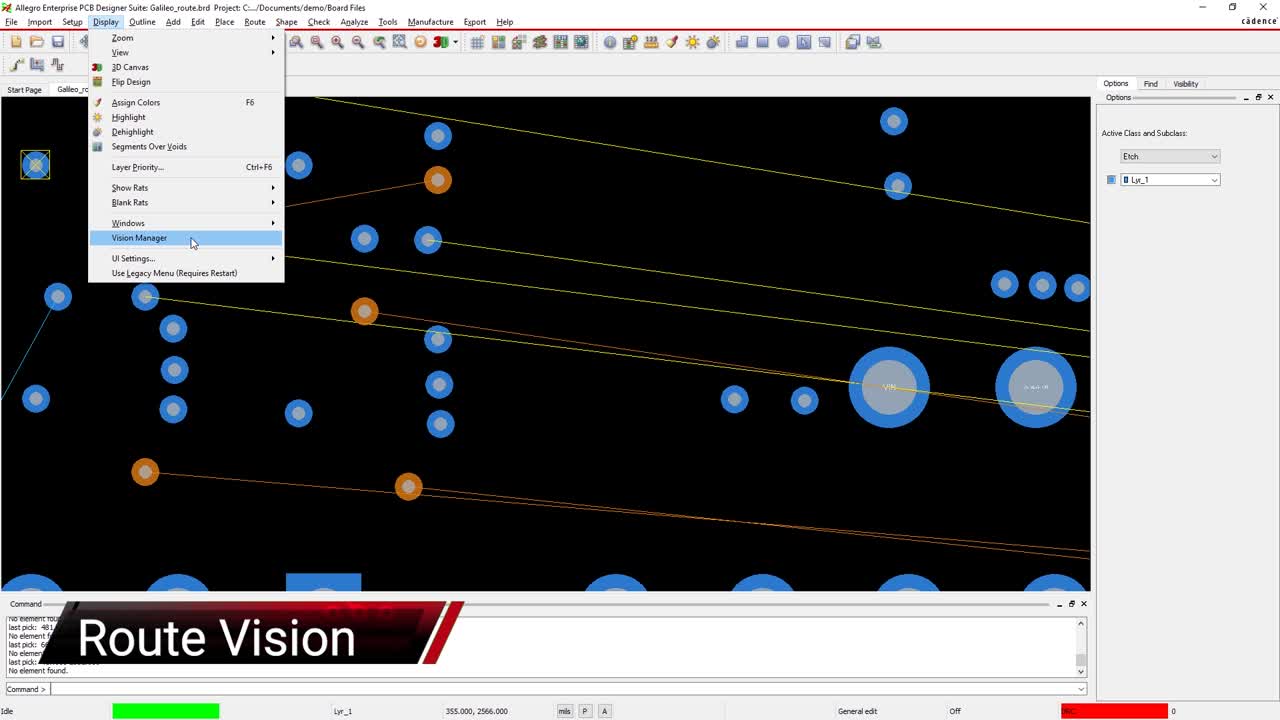PCB Clearance Between Layers and Trace Spacing Rules
Key Takeaways
-
Learn why specific PCB clearances are needed between layers.
-
Identify the right standards for clearance between internal conductors.
-
Explore ways to maintain a minimum clearance between PCB layers.
Clearance between PCB layers is an important part of advanced PCBs
Occasionally I’ll take time off for an indulgent and cozy ‘high tea’ accompanied by colorful layer cakes. I put my photography skills to good use by taking pictures of the cake, which adds to my enjoyment. Only then do I take my first bite of the flavorful delicacy in front of me. As expected, it is a delicious treat and the distinct layers insulated with rich frosting create a remarkably flavorful experience.
In the PCB realm, circuit integrity can also be improved with clear distinct layers, despite silicon being more of an acquired taste. In fact, distinct layers can be an unwavering requirement to keep a circuit from frying itself as soon as power is applied. If anything, messing up with layer-to-layer clearance on a PCB may rob you of the mood of enjoying a tea break.

Do You Need PCB Clearance Between Layers?
PCB clearance rules for spacing between traces on the same layer are what most designers are accustomed to. However, PCB clearance between layers is an often-overlooked factor in design. If you were in the industry a decade ago, though, this probably wasn’t much of a concern for you.
The same cannot be said if you’re working on a circuit design now. Today, it’s becoming increasingly common to have a single-PCB design where power and controls exist on the same substrate. Though the risk of doing so is to have high voltage traces near low-voltage signals.
When two conductors of huge potential difference are placed close to each other, there is a risk of arcing. In other words, sparks may occur across the high voltage trace to the signal trace through the insulating layer. In an instant, the port of the low-voltage component could be catastrophically damaged.
You ought to be looking into the clearance of traces between layers if you’re having voltages of 30VAC or 60VDC, and above, on the PCB. Also, the term ‘creepage’ rather than ‘clearance,’ is more accurate when describing the separation between high voltage conductors.
Clearance refers to the distance between conductors when measured in a straight line when exposed to the air. Meanwhile, creepage means the distance between the conductors when measured on the surface of the insulating material.
Standards Regulating PCB Electrical Clearance
While clearance between traces on a similar layer is commonly discussed, little is mentioned about keeping traces apart when they’re on different layers. Are there any standards that PCB designers can refer to in this matter? Yes!
IPC2221B
IPC2221B is a common reference standard in PCB design. It covers possibly every single aspect of the design process, including electrical clearances.
Within it, you’ll be able to discover necessary clearances for various design ideations regarding board shape, outlines, and mounting holes. Board shape that impact manufacturing limitations, mounting holes determining the mechanical support or attachment of circuit boards and components, and outlines determining ability for placement and assembly can all impact clearance decisions. Consider how closely your components can be placed in order to achieve optimum manufacturability.
You can find specific values for clearance between PCBs in Table 6.1. The column B1 shows the value for separations between internal conductors:
IPC2221B - Table 6-1 on Clearance Between Internal Conductors
How Should High Voltage Traces Be Separated Between Layers?
The best way to prevent high-voltage signal traces coming too close to low-voltage signals is to not have them on the same PCB. However, that proves to be an impossible option for some as modern products are getting more and more compact.
Unlike trace separation on the same layer, your options are quite limited. You can’t increase the creepage by adding slots or v-scoring the insulated areas between traces. Any practical adjustment is to increase the thickness of the substrate separating the traces.
Adjust pre-preg thickness and use materials with higher CTI for higher voltages.
Therefore, IPC-2221B serves as a good reference for the thickness of the pre-preg that separates the conductors in the mid-layers. For example, you’ll need a 0.1 mm separation for a trace carrying 100V.
Also, you’ll want to consider the Comparative Tracking Index (CTI) of the PCB that you’re using. CTI is an indicative measurement of the breakdown point of materials when voltages are applied. CTI ranges from category 0 to 5, with the lowest number indicating the most robust material.
FR4, which is commonly used for PCB, is in category 3 where it has a CTI value of 175V to 249V. If you’re working with higher voltages it makes sense to use PCB materials with higher CTI values.
The powerful set of PCB design and analysis features in Allegro PCB Designer from Cadence give you everything you need to be sure of adequate layer clearance in your PCB layout. These features integrate with a full suite of analysis tools for examining all aspects of signal integrity. This design platform integrates with a set of SI/PI Analysis Point Tools, giving you the analysis features you need for design evaluation and signoff.
If you’re looking to learn more about how Cadence has the solution for you, talk to us and our team of experts.